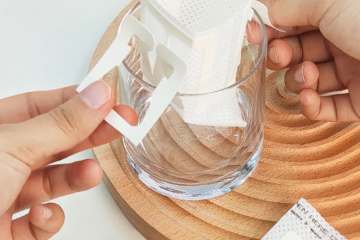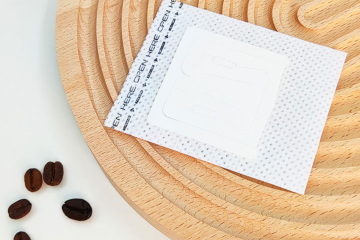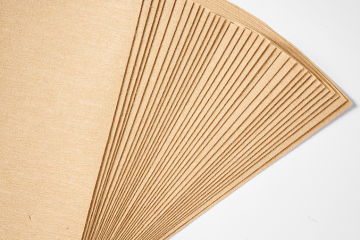Coffee filter paper, a humble yet vital tool in coffee brewing, holds immense significance among enthusiasts. From paper to metal, and from basic to innovative designs, a multitude of filter types exist, each with unique attributes.
Paper Filters
Paper filters are the most prevalent. Their material and design diversity impact filtering efficiency, taste, and environmental friendliness.
Ordinary Paper: Simple, effective in filtering grounds and some oils, yielding a refreshing coffee taste. However, it may slightly strip the coffee’s body.
Cotton Fiber: Made of renewable cotton, thicker, retains more oils, enhancing coffee’s richness and mouthfeel. It’s also eco-friendly.
Bamboo Pulp: Strong, flavor-neutral, environmentally friendly, and gaining popularity.
Color Variants: Unbleached filters may add a papery taste, while bleached ones use safe enzymes, widely used in medicine.
Metal Filters
Metal filters, like stainless steel, are reusable and retain more oils, enriching coffee’s flavor. However, they require thorough cleaning to avoid residue affecting subsequent brews. Fine grounds can over-extract, leading to bitterness.
Filter Design and Shape
Filter shape and design also influence extraction and taste:
Triangular: Ideal for single-serve hand-brewed coffee, ensuring uniform precipitation.
Conical: With a 60° angle, suitable for V60 and KONO cups, controlling flow and soaking time for balanced taste.
Trapezoidal/Fan-shaped: Ensures even coffee flow through Kalita, Melitta, and smart cups, enhancing extraction efficiency.
Corrugated/Cake Cup: Increases coffee-to-filter contact, boosting extraction.
Usage Tips
For optimal results:
Size Matters: Match filter size to the cup to prevent leaks.
Wetting: Wet the filter to remove paper taste and improve fit, though high-quality filters may not need this.
Temperature & Time: Control these for balanced extraction; too high or too long can lead to bitterness.
Despite its small size, coffee filter paper plays a crucial role. Choosing the right one based on material, design, and shape enhances coffee quality and supports environmental sustainability.




0 Comments